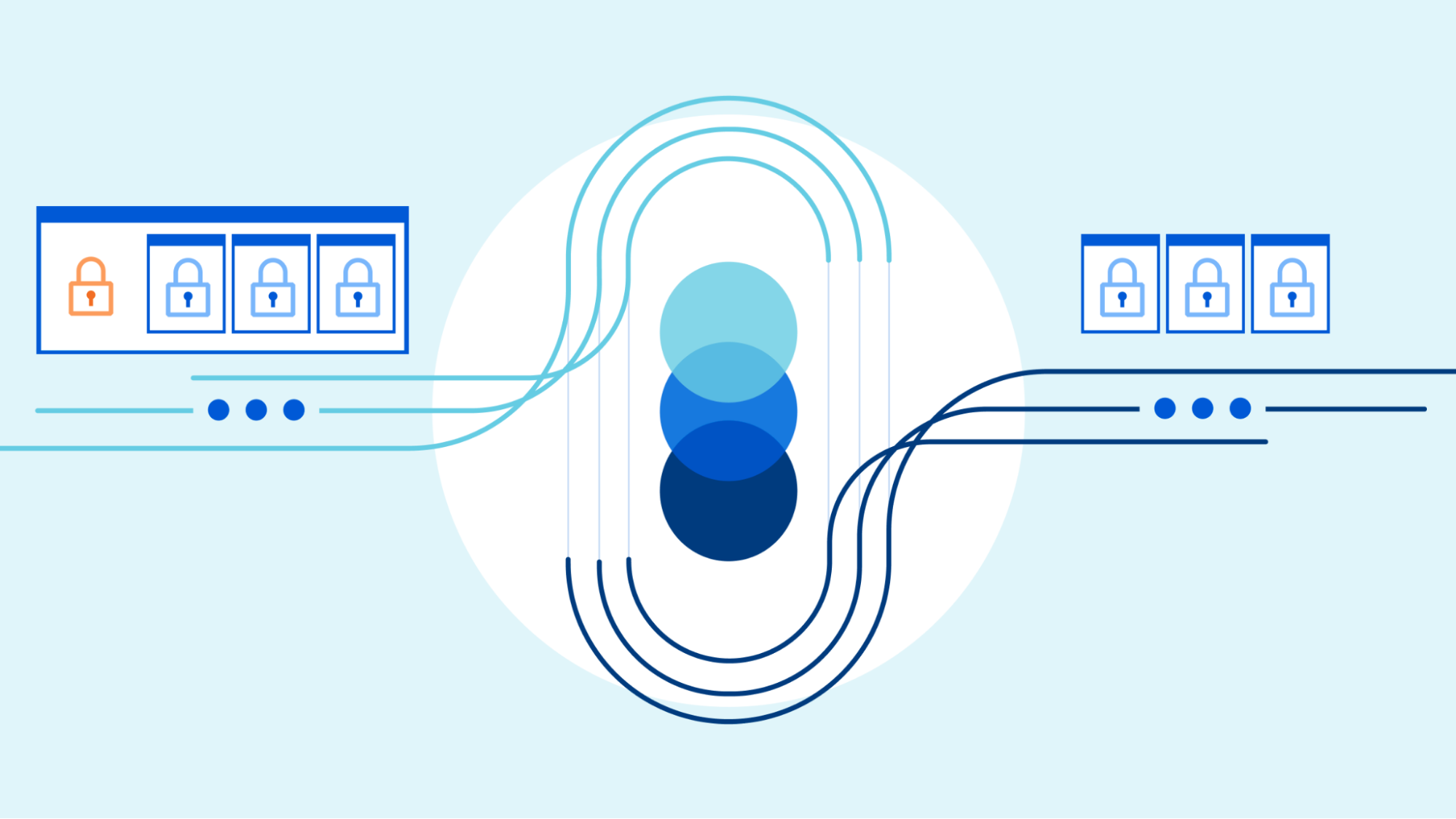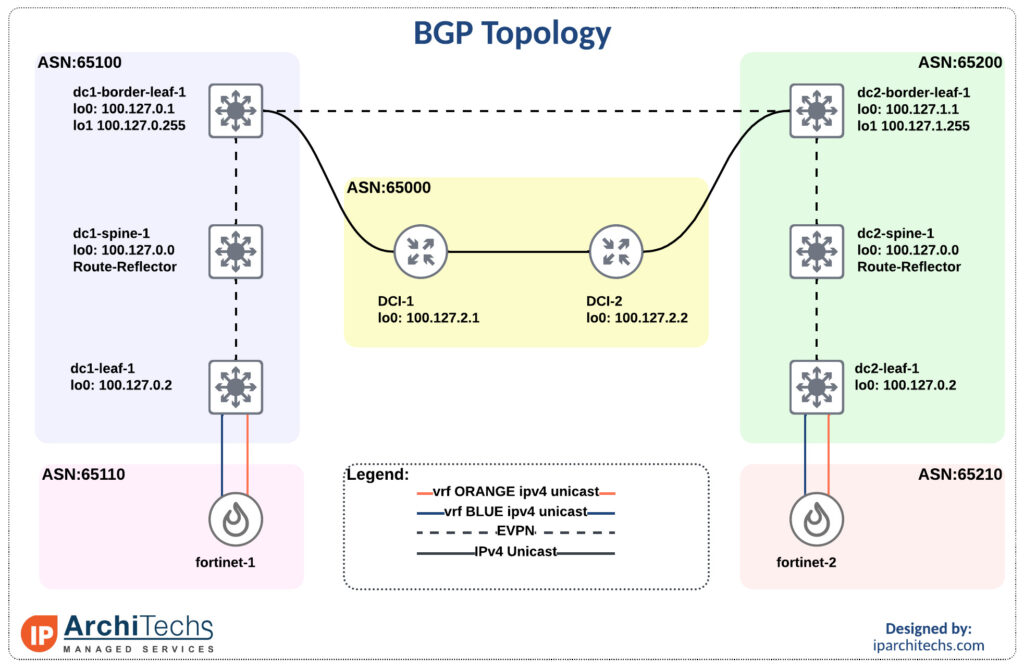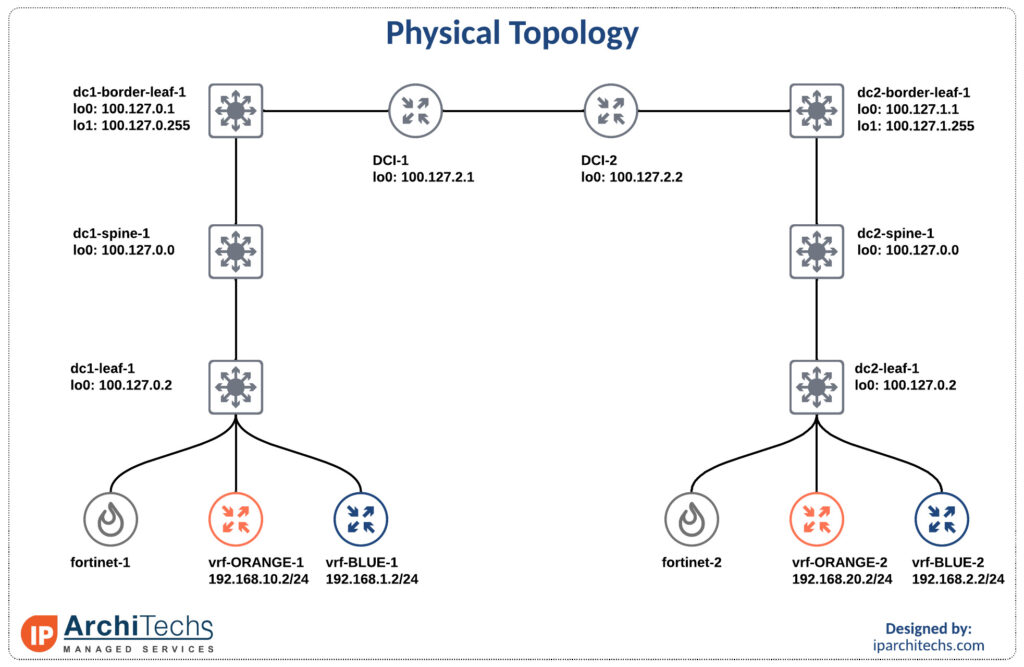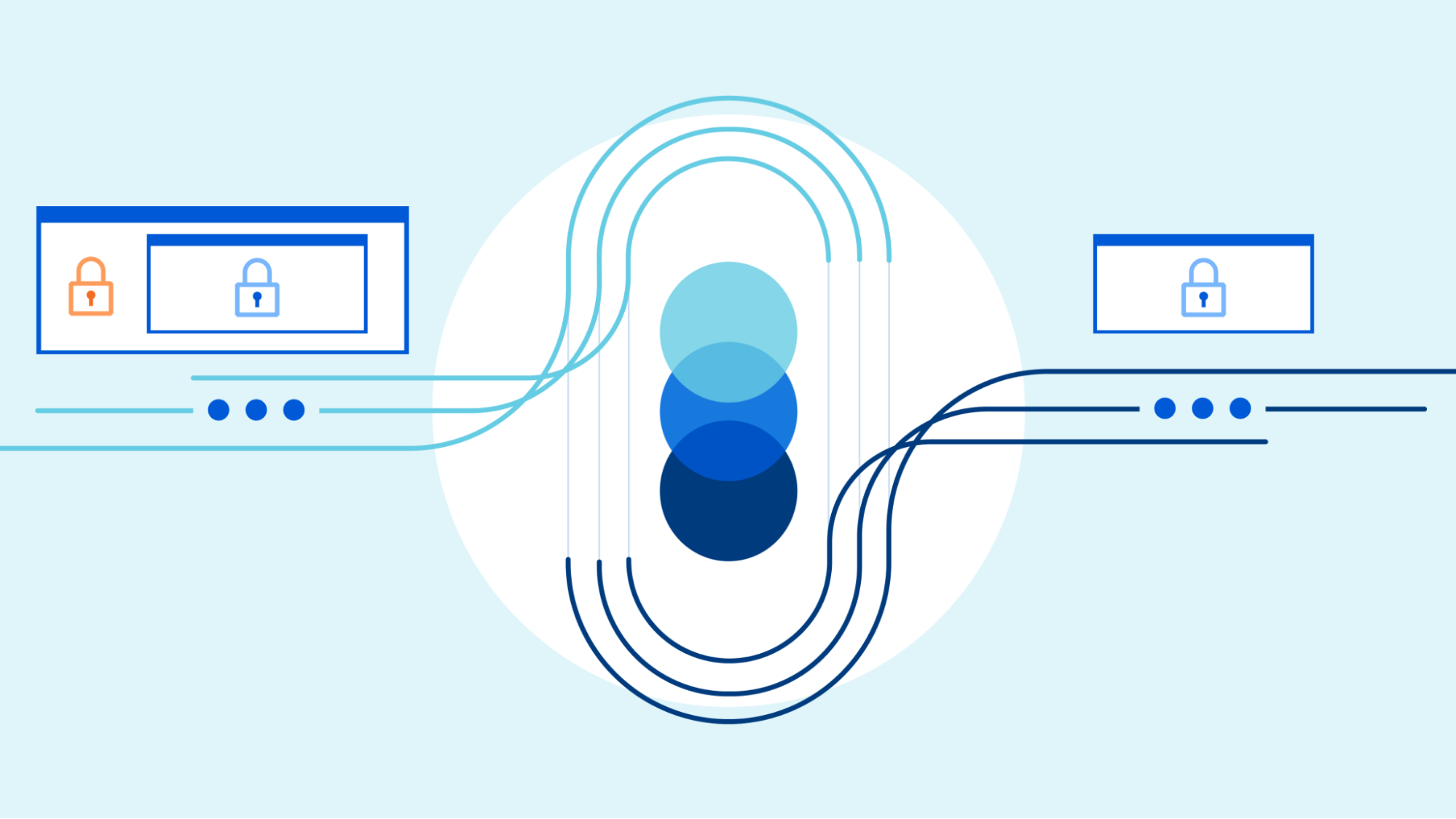0
Using fail2ban on Fedora
The fail2ban tool in Linux monitors system logs for signs of attacks, putting offending systems into what is called "jail", and modifying firewall settings. It shows what systems are in jail at any given time, and requires root access to configure and view findings. It's generally used on Linux servers.fail2ban primarily focuses on SSH attacks, but can be configured to look for other kinds of attacks as well.How to install fail2ban on Fedora 34 To prepare for installing fail2ban, it's a good idea to update the system first:$ sudo dnf update && sudo dnf upgrade -y Then install fail2ban and verify its presence on your system with commands like these:To read this article in full, please click here















